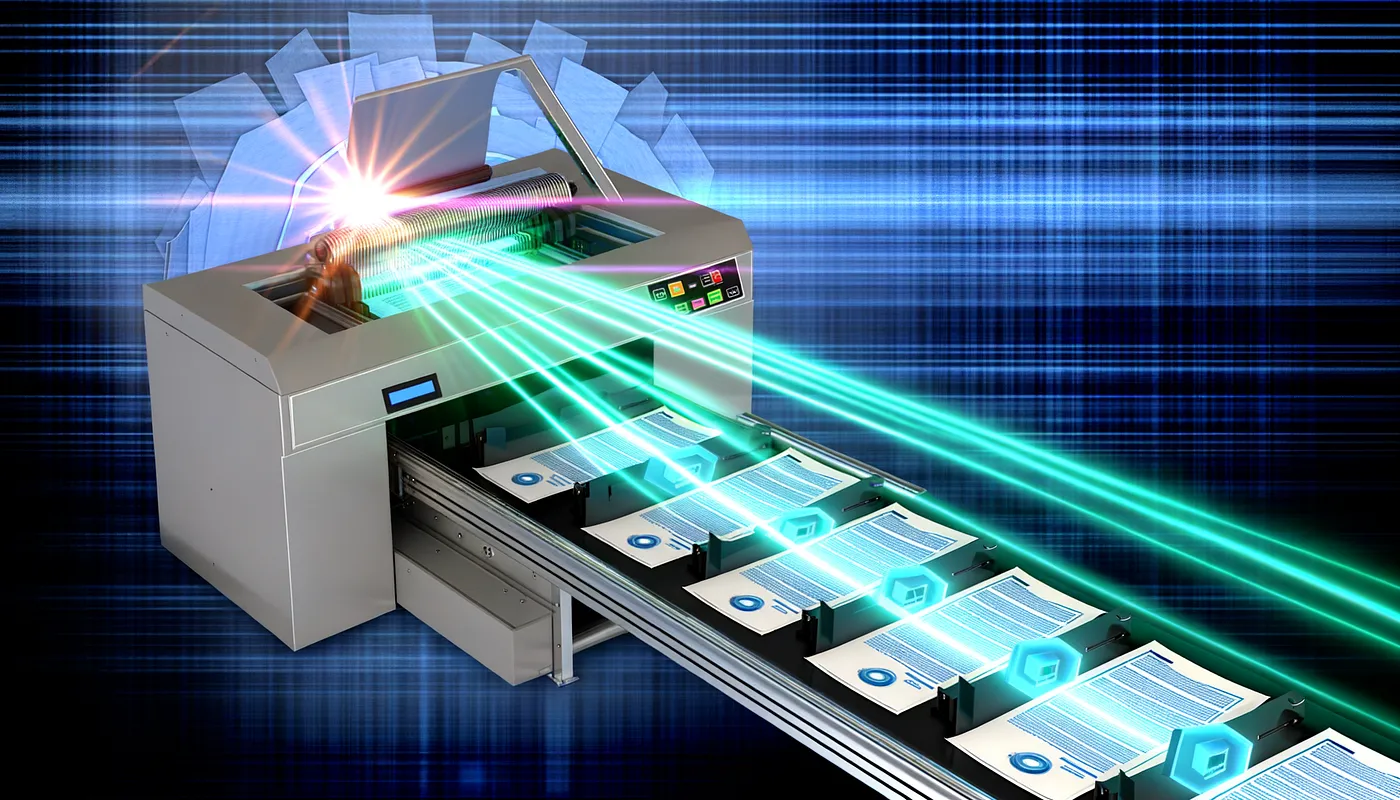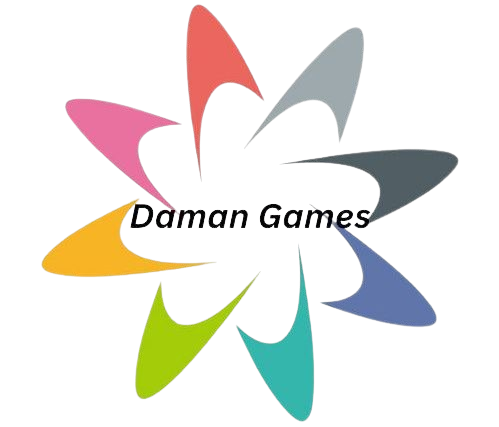 Automated Blog-to-Social Sharing – Publish Once. Appear Everywhere!
Automated Blog-to-Social Sharing – Publish Once. Appear Everywhere!
Unveiling Drivers of Innovation in Respiratory Care
Written by Shraddha Shinde » Updated on: June 17th, 2025

In the past decade, respiratory assist devices have proven indispensable in modern medicine. From sleep apnea therapy to emergency ventilation support, these devices have a transformative impact on patient care, influencing millions while adapting to evolving medical demands. But what are the key factors driving the demand and innovation in this growing market? Let's unpack them.
Aging Population and Increased Respiratory Disorders
The surge in respiratory diseases is notably tied to the aging global population. As people age, their likelihood of developing chronic respiratory conditions like Chronic Obstructive Pulmonary Disease (COPD) and obstructive sleep apnea increases. According to the World Health Organization, COPD is predicted to be the third leading cause of death worldwide by 2030. This burgeoning demand places respiratory assist devices at the epicenter of healthcare strategies designed to manage and alleviate these conditions. Cost-effective medical innovations, designed to reduce hospital stays and emphasize home-based care, direct investment and innovation in this device market.
COVID-19 Pandemic: A Catalyst for Rapid Growth
The recent pandemic underscored the necessity of respiratory assist devices. With hospitals overflowing and intubation devices in short supply, innovations in non-invasive ventilation, CPAP machines, and portable respiratory aids swiftly evolved. The crisis not only widened the acceptance of these devices but also spotlighted their utility beyond traditional hospital settings, accelerating market expansion.
Healthcare professionals now find themselves advocating for versatile devices that transition smoothly between home care and clinical settings, enhancing patient experience.
Technological Advancements: Steering the Future
At the heart of this innovation surge are technological advancements aiming to improve patient outcomes, reduce costs, and enhance usability.
Miniaturization and Portability: The design of compact and easily portable devices meets the increasing demand for at-home therapy and mobility in patients' lives.
Artificial Intelligence Integration: AI-powered respiratory assist devices offer real-time data analysis and predictive diagnostics, optimizing treatment plans tailored to individual patient needs.
Telemedicine Bridging System Barriers: Digital adoption aids remote monitoring, reducing hospital costs and allowing healthcare providers to deliver quality care across geographies.
Regulatory Support and Health Care Policies
Governments realizing the benefits of these devices in lowering hospital admissions and health expenses are keen on facilitating smoother regulatory pathways. In turn, manufacturers invest more confidently in R&D, promising safer and more effective solutions. Such regulatory initiatives foster an environment ripe for innovation, contributing to market growth you can't underestimate.
Patient-driven Demand for User-friendly Designs
The healthcare landscape is now more patient-centric, and so are the design imperatives for medical devices. Patients continuously seek user-friendly options that fit seamlessly into their daily lives, pushing manufacturers to adopt innovative approaches:
a. Intuitive Interfaces tailored to older demographics, simplifying device operation.
b. Silent Operational Mode for devices used during sleep, ensuring minimal disruption.
c. Enhanced Comfort Features to reduce skin irritations or discomfort during prolonged use.
Global Collaborations: A Connector in the Innovation Chain
Collaborative efforts between governments, academic institutions, and medical companies are breaking new ground, bridging gaps in technology and knowledge. These partnerships facilitate:
a. Funded Research Initiatives to develop next-generation devices incorporating cutting-edge biological insights.
b. Open Innovation Platforms encouraging idea exchange across borders, propelling incremental improvements in the devices and their applications.
Market Challenges: A Roadmap to Overcome
Despite burgeoning opportunities, obstacles exist—budget constraints, supply chain management, and technological redundancy often present challenges. Companies need agile strategies to navigate these hurdles proactively. Collaboration with diverse stakeholders and maintaining sustainable practices ensures resilience in a fluctuating marketplace.
Closing Thoughts
The respiratory assist device market stands on the cusp of unprecedented growth, driven by a confluence of factors. The integration of innovative solutions spurred by demographic changes, technological advancements, patient needs, and a favorable regulatory climate has defined it as a dynamic force in the healthcare sector.
The evolving landscape presents a tremendous opportunity for investors, manufacturers, and healthcare providers alike. With continuous progress, we can envision a future where respiratory ailments no longer impede quality of life, thanks to advancements in respiratory assist devices.
As the market continues to innovate and adapt, driven by unwavering demand, we look towards an era promising healthier lives for individuals worldwide.
Explore Comprehensive Market Analysis of Respiratory Assist Devices Market
SOURCE -- @360iResearch
Note: IndiBlogHub features both user-submitted and editorial content. We do not verify third-party contributions. Read our Disclaimer and Privacy Policyfor details.
Men's Journal is a rugged and refined lifestyle adventure travel, food and drink Get in touch [email protected] to find out how we can help you reach everyday, affluent, and adventure seeking consumers on Men's Journal
Copyright © 2019-2025 IndiBlogHub.com. All rights reserved. Hosted on DigitalOcean for fast, reliable performance.












